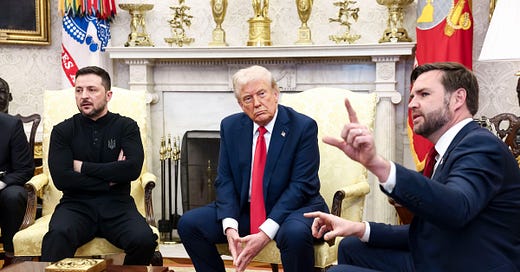Will London’s “lockdown lite” strike a balance between lives and livelihoods?
“The supposed choice between saving the economy and saving lives, between restrictions and freedom, is an entirely false one.” So said Sadiq Khan yesterday as he confirmed further restrictions would be imposed on Londoners starting tomorrow.
While the London Mayor, alongside other notable Labour figures including Andy Burnham and Keir Starmer, continues to press the government to implement a nation-wide “circuit-breaker”, the government’s decision to send London into “Tier 2” alert – which will mean no socialising with other households in indoor spaces – seeks a compromise.
Will it work? The most up-to-date figures for London suggest a rising number of cases, with most boroughs north of the Thames are now recording more than 100 new infections per 100,000 population per day. As yet, this has not put pressure on hospitals, though a few weeks delay is to be expected. For the week until Wednesday, 34 deaths were recorded from the virus – the same number as was recorded the week before, and only slightly higher than the week before that. Admissions have increased by a greater proportion, with 351 in the week to Wednesday compared with 266 the week before.
Whether the new measures are effective at preventing the uptick in cases, however, relies on both accurate measurement and public good-will. Both are failing.
There is little evidence that holes in testing administration have been patched up including, most egregiously, the error that saw various London boroughs last week record higher infection rates from university students in other parts of the country. At a Parliamentary session on Monday, Twickenham MP Munira Wilson warned that the glitch could not be allowed to affect government policy on local restrictions – but, amid the cacophony of noise from politicians and pundits, it seems to have done just that.
Then there is the issue of public trust. Until now London has avoided the sort of impositions witnessed in the north of England. But residents have had their frustrations: take the flare-ups against new traffic regulations in various boroughs (most, incidentally, with Labour-controlled councils), much of which as been directed at the Mayor and Transport for London as well as the government’s Transport Secretary.
The Mayor’s demand for a more comprehensive financial aid package to “support Londoners to follow public health advice” acknowledges that the new pill is going to be a very difficult swallow. And with the trimming down of the Chancellor’s job support scheme next month, the survival of many firms in hospitality will be in critical danger come winter – the new rules now allow pubs to serve customers outdoors only, in beer gardens or street tables.
Conservative London MPs have echoed the Mayor’s demand for business support. But many, including Sir Iain Duncan Smith, have highlighted that the new measures are not sustainable fiscally or politically.
The move seems to have further alienated MPS who would prefer a more targeted approach to containing the virus which, despite the government’s claims, are not satisfied by the new measures. “This broad brush approach, when the infection rates are very different between boroughs, is just rubbish”, said Bob Blackman, MP for Harrow East to The Telegraph.
Meanwhile, Tim Martin, founder of Wetherspoons pub chain, said on the day the firm announced a £105m loss in the year to July, branded government policy a “mess”, telling BBC Radio 4 this morning that opposition to the government’s measures had become “a mainstream view”.
Whether that is true among ordinary Londoners is difficult to determine. But for now, the new measures do not appear to have satisfied either side in the increasingly polarised debate on how to contain the virus into winter. Ordinary Londoners have been left, if not always defiant, then certainly frustrated.









